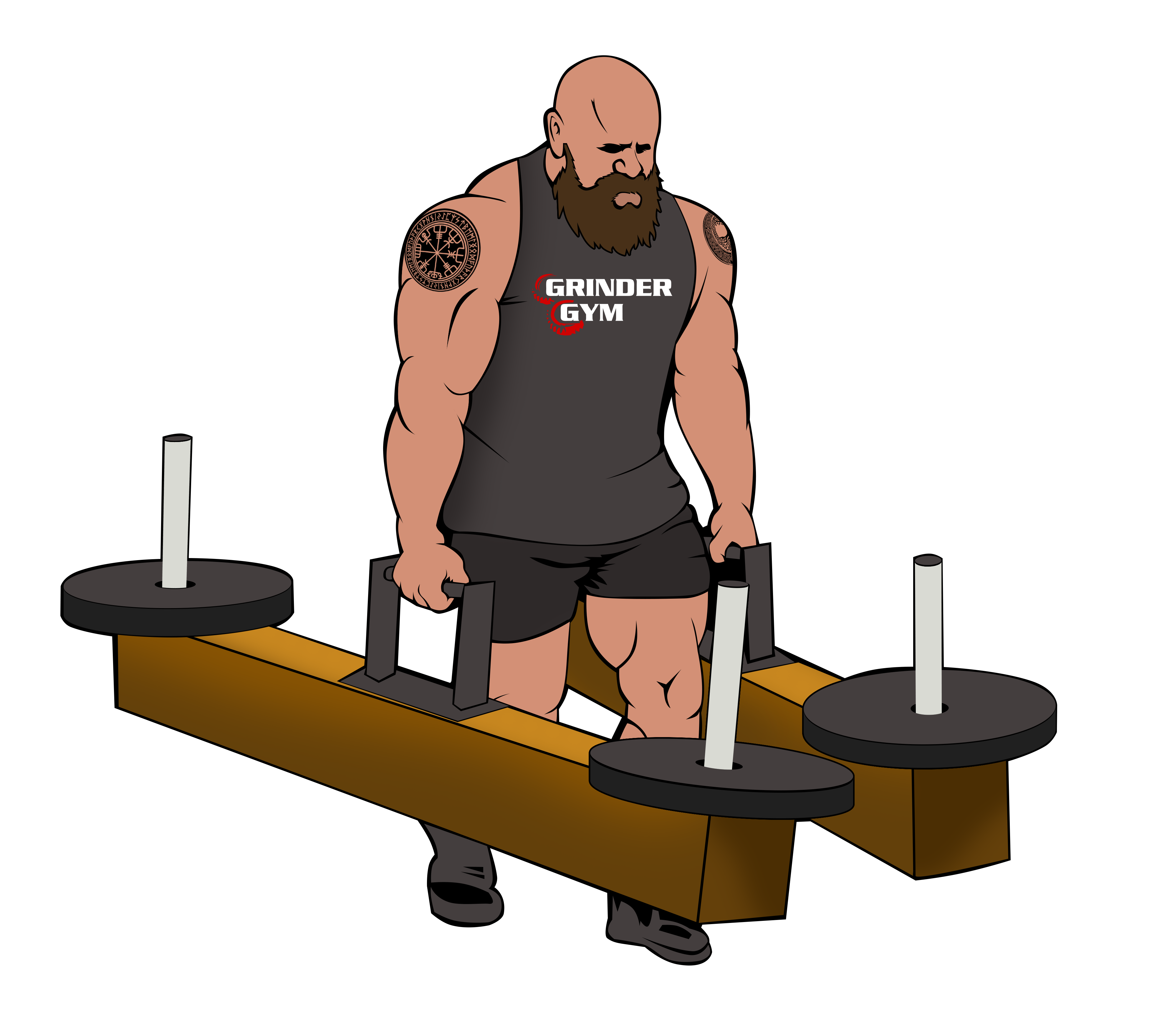“Being a grinder means holding onto a vision, a purpose, and a relentless pursuit of your goals. Stay committed to your plan, irrespective of those for or against you. Right now, you might face hate, deceit, and adversity, but you can transform these challenges into victories. Conversely, even with abundant opportunities, love, and resources, failure […]
Blog
Altruism: Nurturing Selflessness in Personal and Professional Pursuits
“I believe that fully embracing my personal flaws and questioning the true worth I bring, while challenging, is essential to my process. Despite life’s circumstances, my aspiration remains rooted in becoming a generous individual capable of uplifting and positively impacting the lives of others. My goal is to curate experiences that deliver fulfillment and joy, […]
Love: Embracing Life Without Regrets
“In matters of love, avoid regrets. Embrace every chance to love and to be loved. Love is the essence of life—everything else pales in comparison. Every one of us enters this world in need of love; this principle need remains unchanged throughout life. The absence of love often leads to a pursuit of significance through […]
Rediscovering My Purpose: Inspiring Fitness Transformations & Personal Growth Through Community
“As a fitness trainer for 32 years, I have been on an incredible journey – one filled with immense learning, diverse experiences, and a deep passion for transforming lives through fitness. Over the past few years, I took a step back from actively training, seeking to recalibrate and rediscover the heart of my purpose. Reflecting […]
The 4 Pillars of a Strong Lasting Relationship
The foundation of an enduring relationship is built on four essential pillars: Mutual respect for one another, integrity, clear and fair communication, and recognizing each other’s individual joys. These pillars offer the assistance required for couples to overcome obstacles and develop as a unit. Mutual Respect for One Another: In any relationship, respect for one […]
Explaining Density Training
Density training is a form of exercise that involves performing a high volume of work in a short period of time. The goal of density training is to increase the amount of work that can be done in a given time frame, leading to improvements in strength, endurance, and overall physical fitness. One of the […]
5 Reasons to Compete in Armlifting the Sport of Grip Competition
Improved grip strength: Armlifting, or grip competition, involves exercises that specifically target the muscles in the hand and forearm, which can lead to increased grip strength and improved hand function. Increased upper body strength: Grip competition exercises can also improve overall upper body strength, including in the biceps, triceps, and shoulder muscles. Improved mental toughness: […]
5 Reasons to Compete in Strongman
Physical challenge: Strongman competitions can be physically demanding and require a high level of strength and endurance. Participating in these competitions can be a great way to test your limits and push yourself to new levels of physical fitness. Sense of accomplishment: Completing a strongman competition can be a major accomplishment, and the sense of […]
5 Reasons to Compete in Armwrestling
Improved physical strength and endurance: Armwrestling is a physically demanding sport that requires strength, endurance, and technique. Training for and competing in armwrestling can help you build muscle and improve your overall physical fitness. Mental discipline and focus: Armwrestling also requires a great deal of mental discipline and focus. In a match, you need to […]
5 Things to do for Tight Hip Flexors
Here are five things you can do to help improve the flexibility and strength of your hip flexors: Stretch your hip flexors regularly: Stretching can help improve the range of motion in your hips and reduce tension in your hip flexors. You can try stretches like the pigeon pose, forward lunge, or lying hip flexor […]
